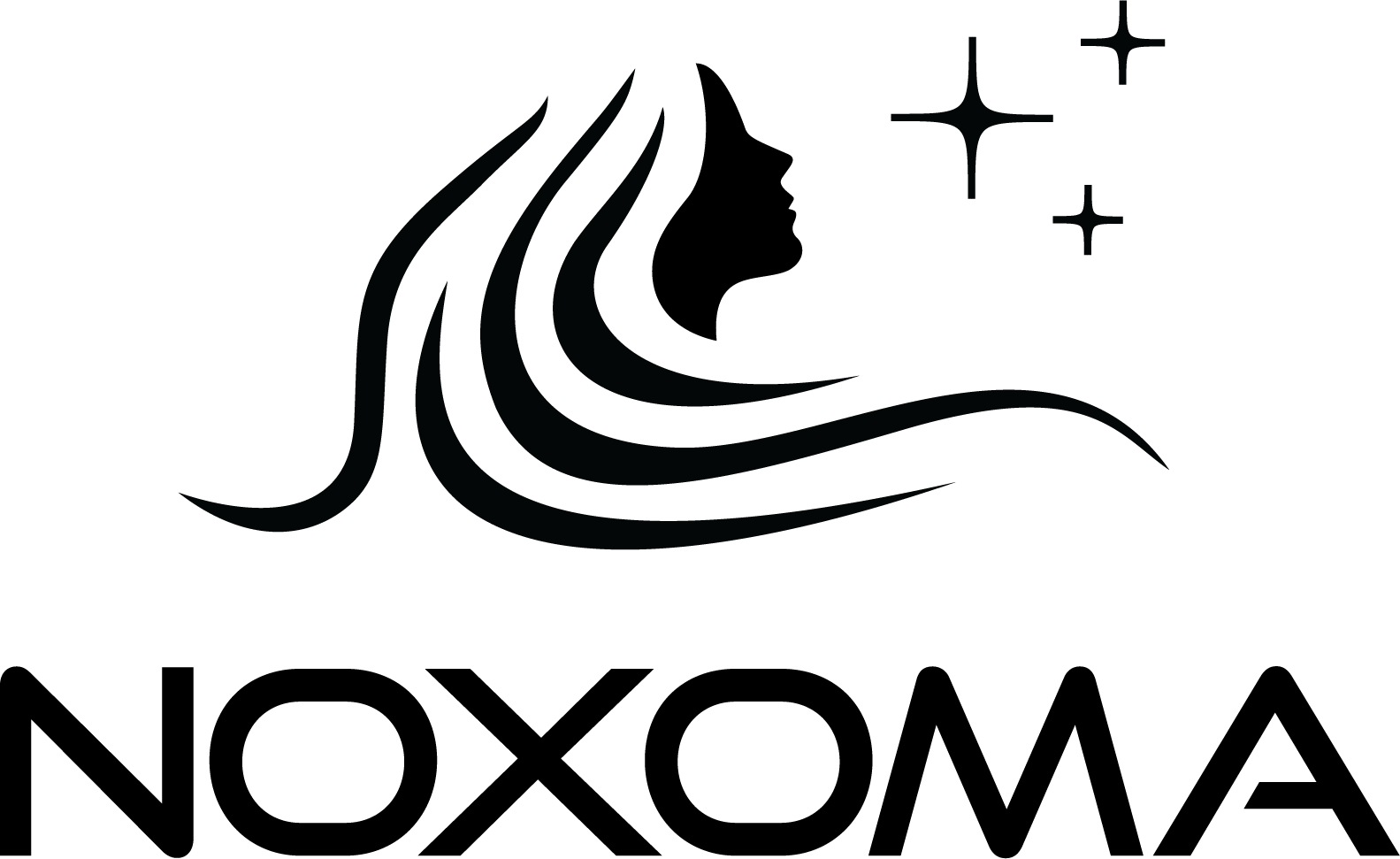Curaçao is the biggest island of the Netherlands Antilles, which consist of Aruba, Bonaire and Curaçao – or the ABC islands as most sailors call them.
We were expecting the ties to The Netherlands to be fairly similar to what we saw at the French Caribbean islands in terms of their close ties to France. This was not the case, as the ABC islands do not seem to have as tight bonds with the Netherlands. The three islands are actually three different countries, with different flags, different currencies and requirements to check in and out between the islands.
We found some Dutch products in the stores, and we also heard some Dutch being spoken in the streets, but that seemed not to be from the “real” locals. The official language on these islands is Papiamento, which sounds like a mix between Portuguese and Spanish.
The locals speak four languages more or less fluently; Papiamento, Dutch, Spanish and English. It is truly impressive how they switch so effortlessly between these languages.
In addition to being influenced by Dutch culture, Curaçao seems more influenced by African Caribbean and South American cultures. The media, bar, fashion and art scenes are vibrant and colorful, with especially Latin music being played everywhere. It is a true melting pot of impressions, people and experiences. We immediately liked the diversity of the island, it seems it has the best of many different places.
Sailing in Curaçao means getting used to a new regime in terms of where you anchor your boat. You have to plan ahead, and visit the harbour master for a permit for max three nights for any of the allowed six different places you are allowed to go. The exception is the main anchorage, the lagoon of Spanish Water, where you have select your zone (there is five different, A to E), and you can stay there for 90 days.
We were truly looking forward to being anchored in a sheltered lagoon, as most of our anchorages have been more exposed. Little did we know that the lagoon experiences solid winds of around 20 knots every day. No waves, but lots of wind.
We ended up in area C, which was a narrow side bay to the actual lagoon. There were few boats and less wind than in the other areas, but the bay had some weird currents making the boat spin around the anchor and us getting too close to shore for comfort. We ended up moving the boat to the opening of the bay, and rather sustain more winds.
The downside of Spanish Water, is that it is a sheltered lagoon, which means the water quality is not great. Curaçao is also an island with some serious industrial business interests, amongst them within oil refineries. We witnessed two different mobile oil rigs and several oil tankers accessing the island while we were there. One morning we woke up to a huge oil rig just a couple of hundred meters from our anchorage, even. We were separated by a piece of land, though, but it still seemed to be sitting on top of us. Especially at night, as it lit up like a Christmas tree…
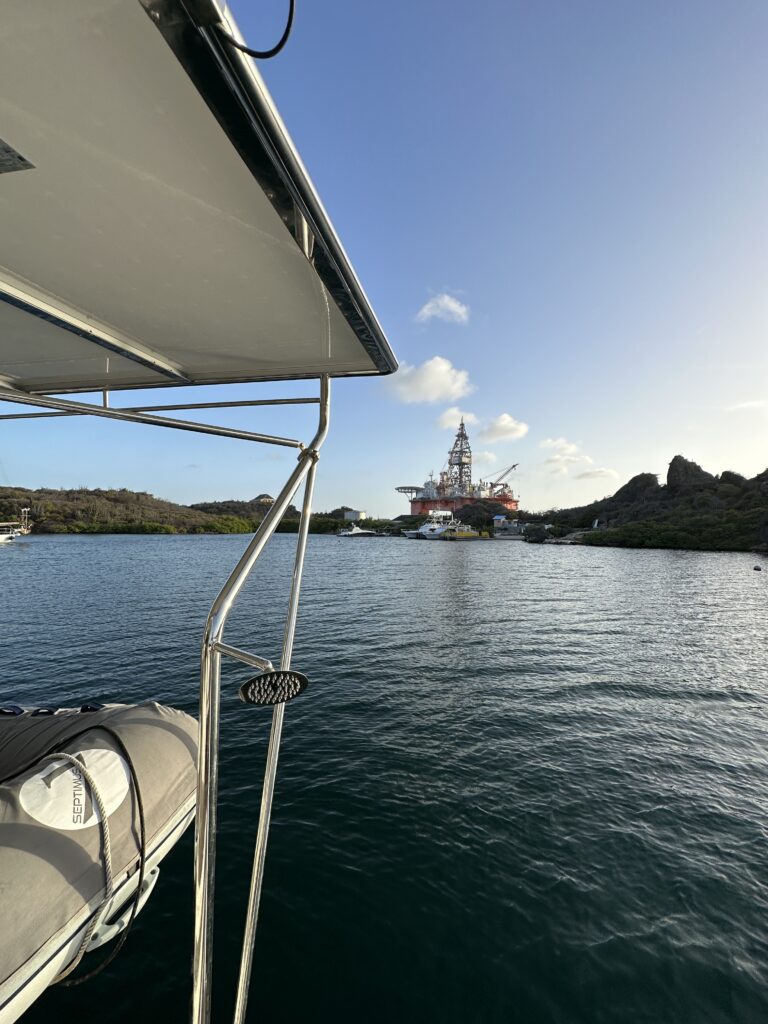
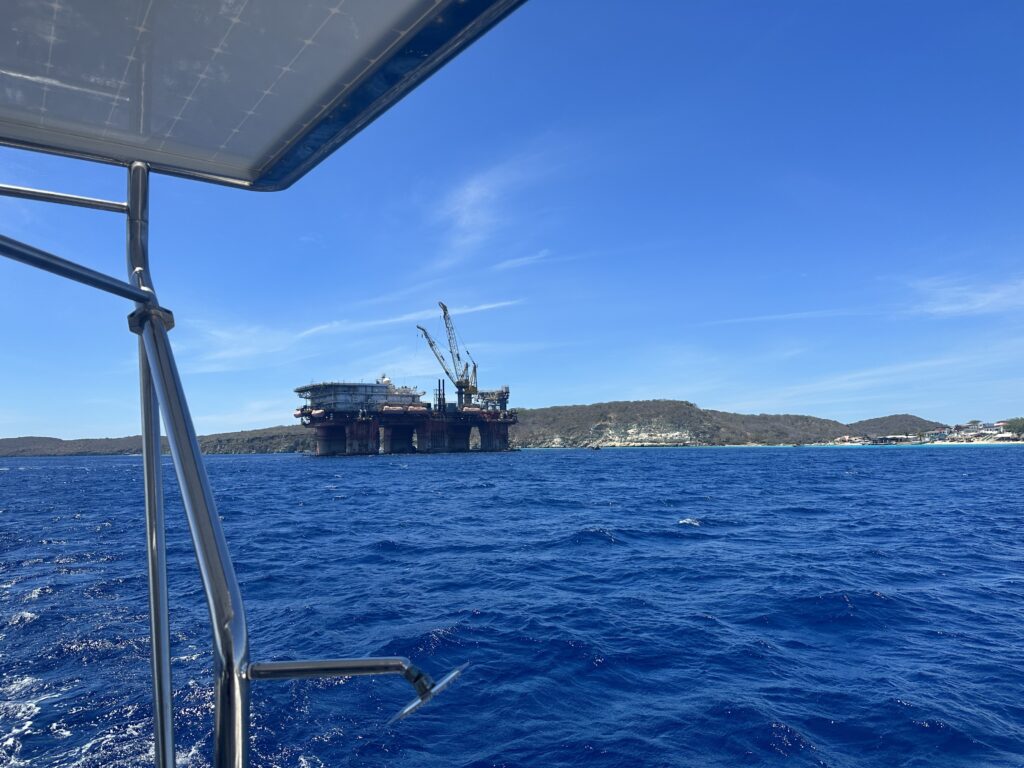
The capital of Curaçao, Willemstad, was just a bus ride away from our anchorage. It is a beautiful, picturesque little city.
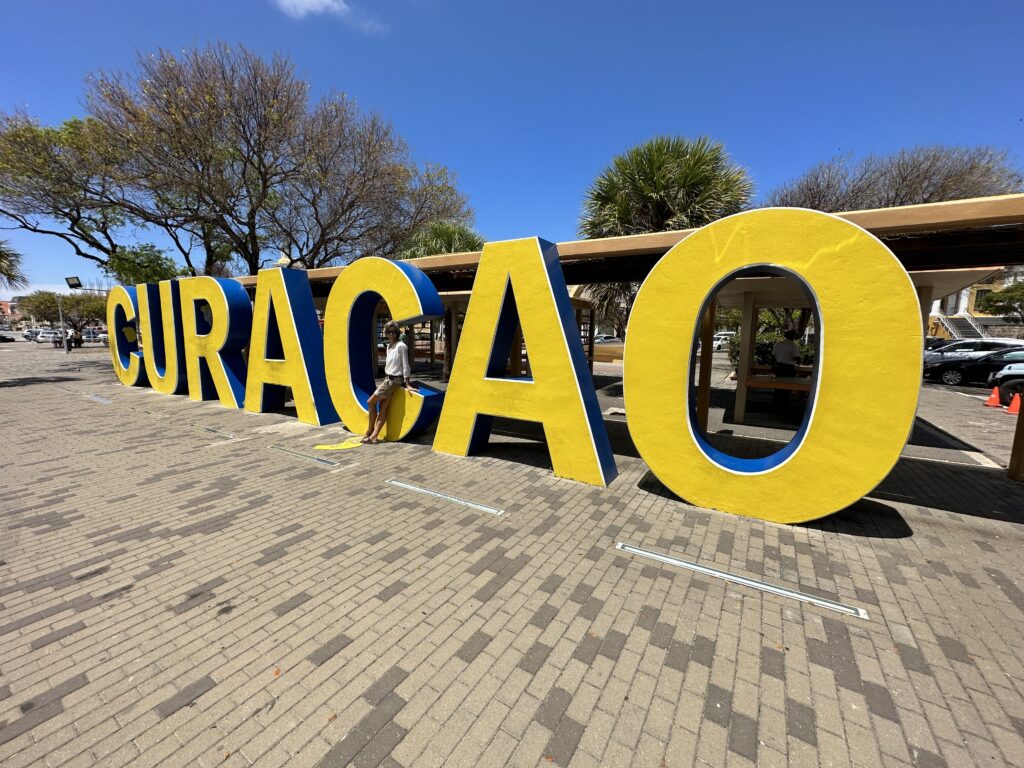
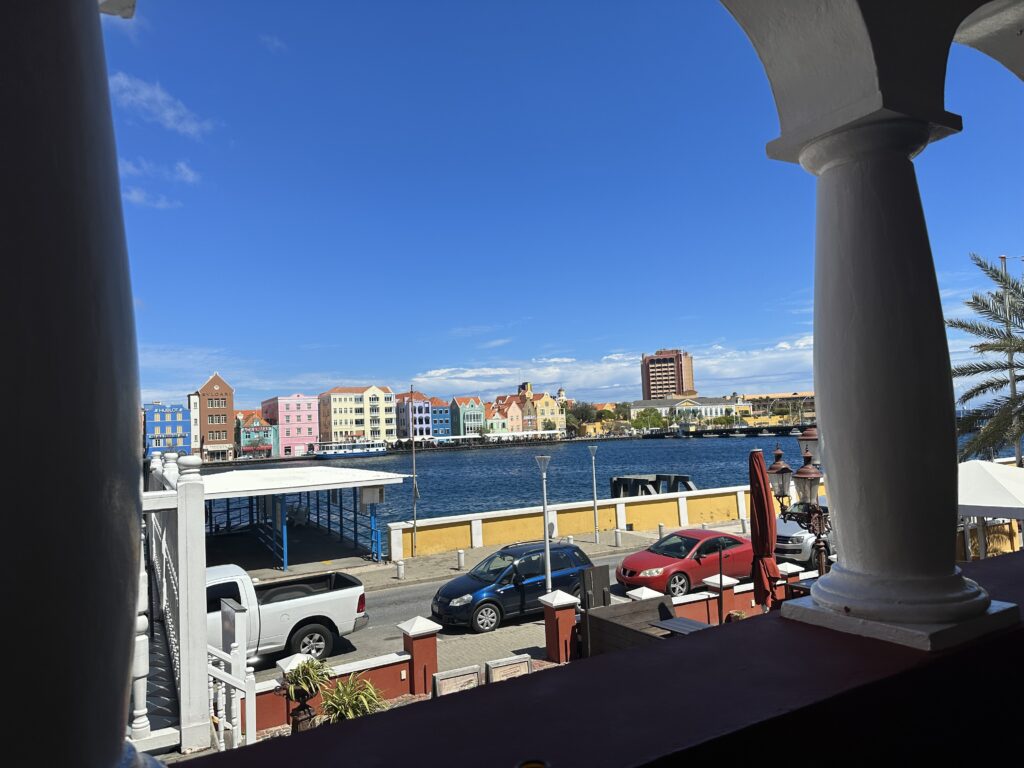
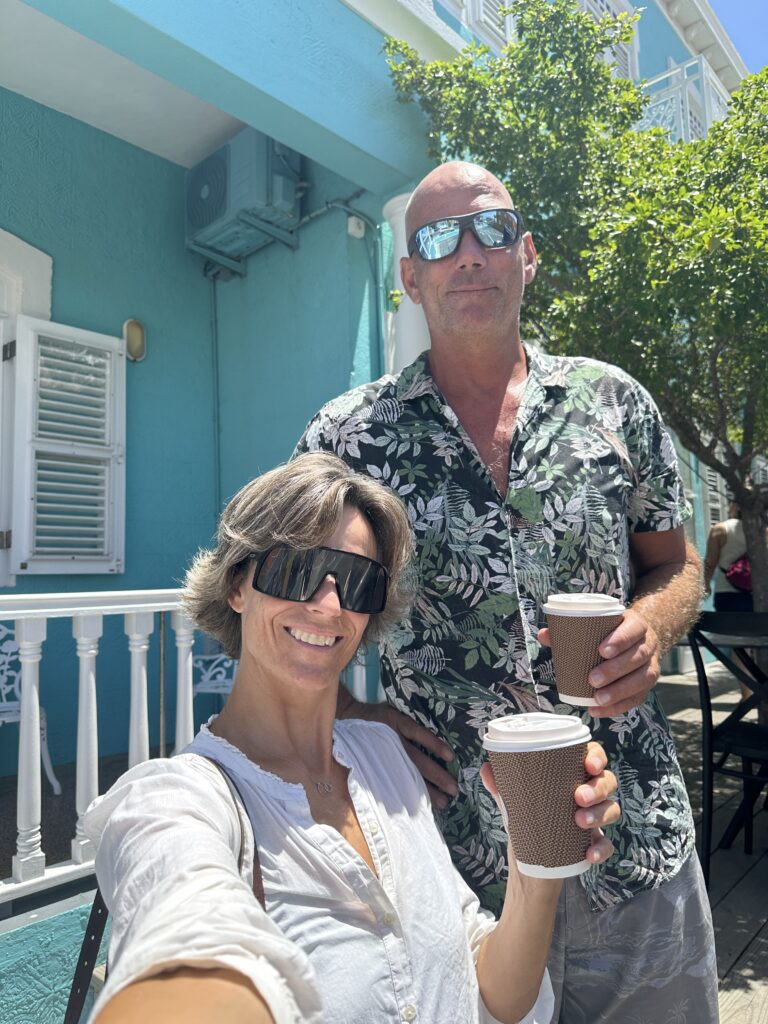
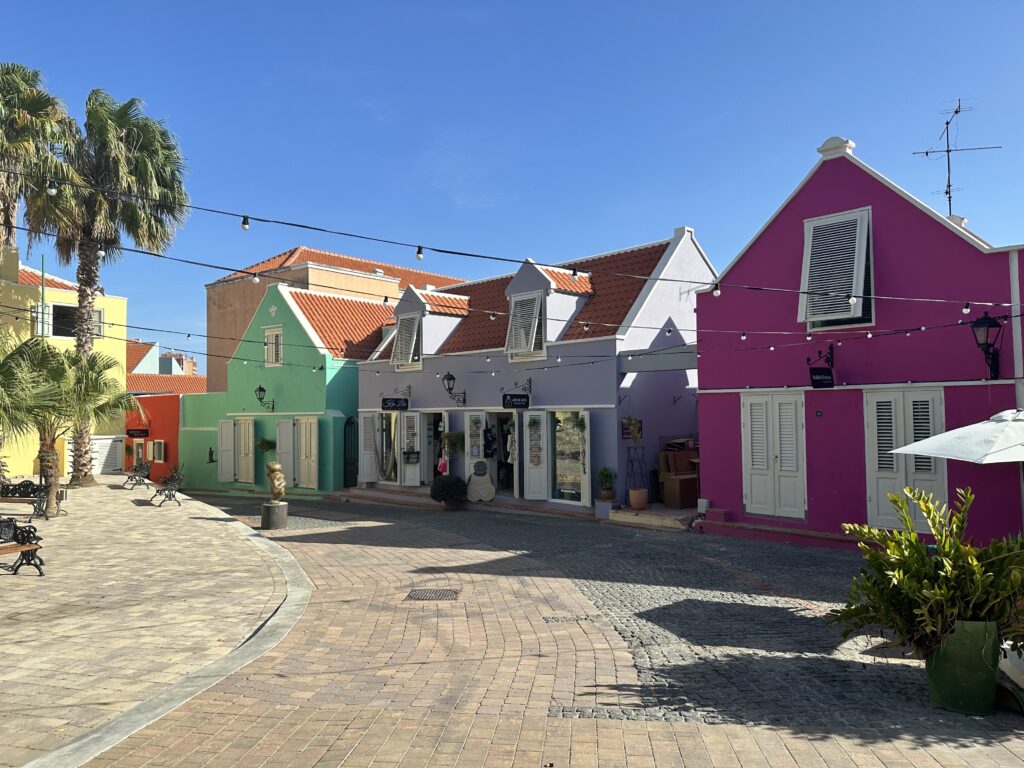
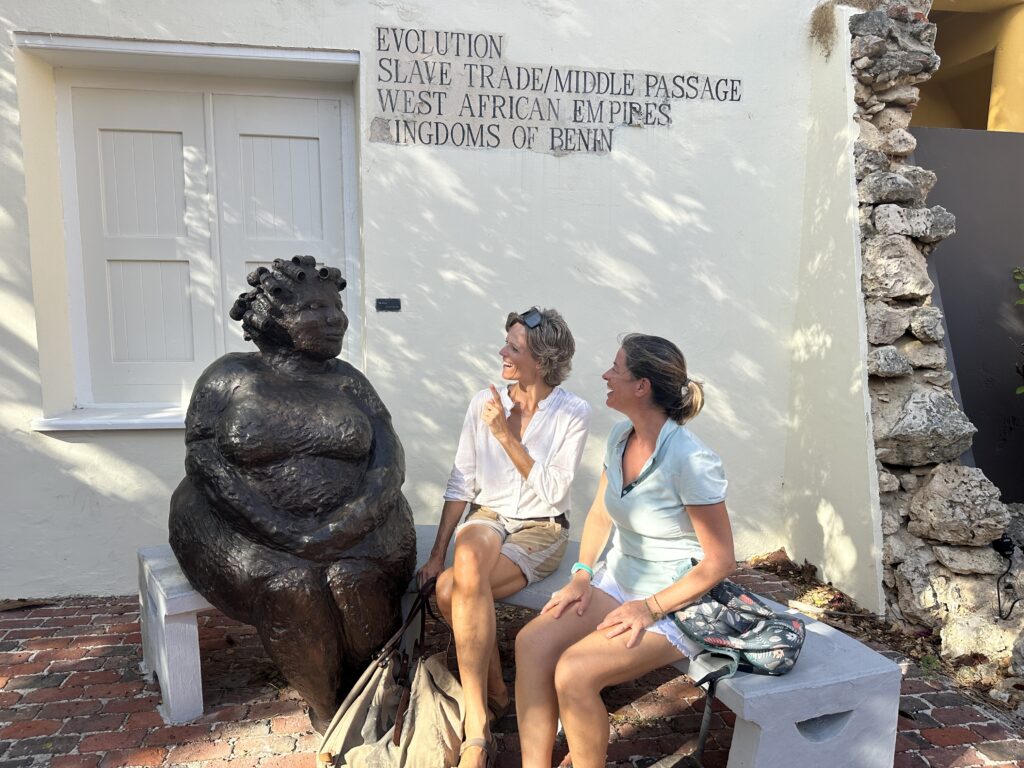
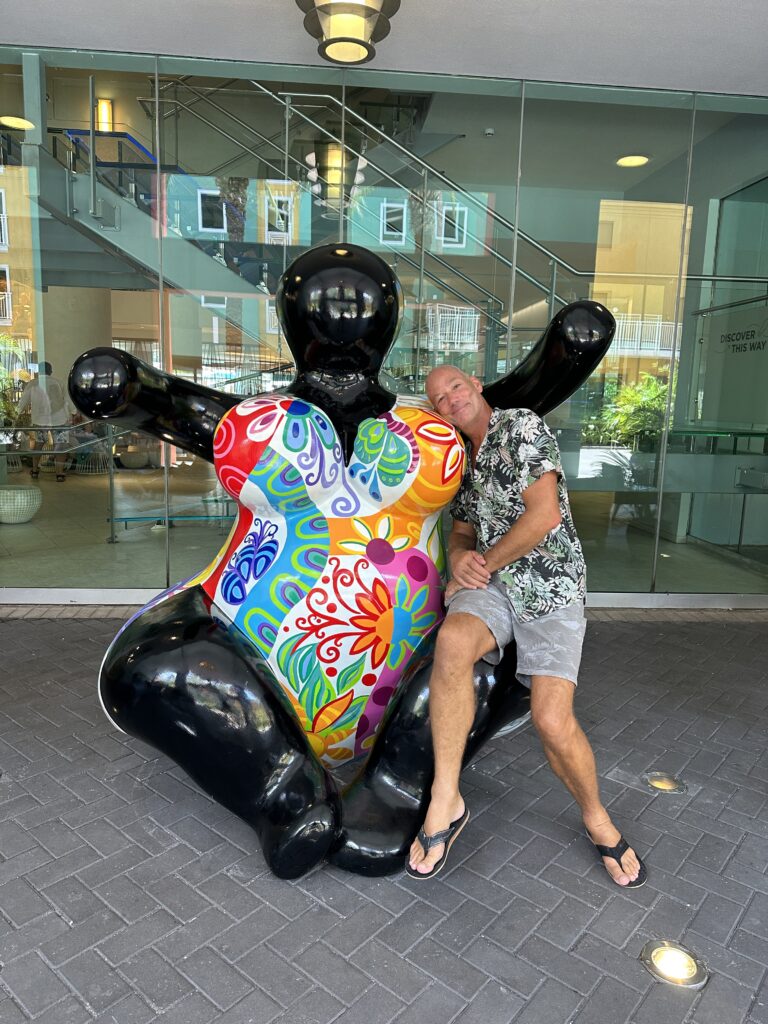
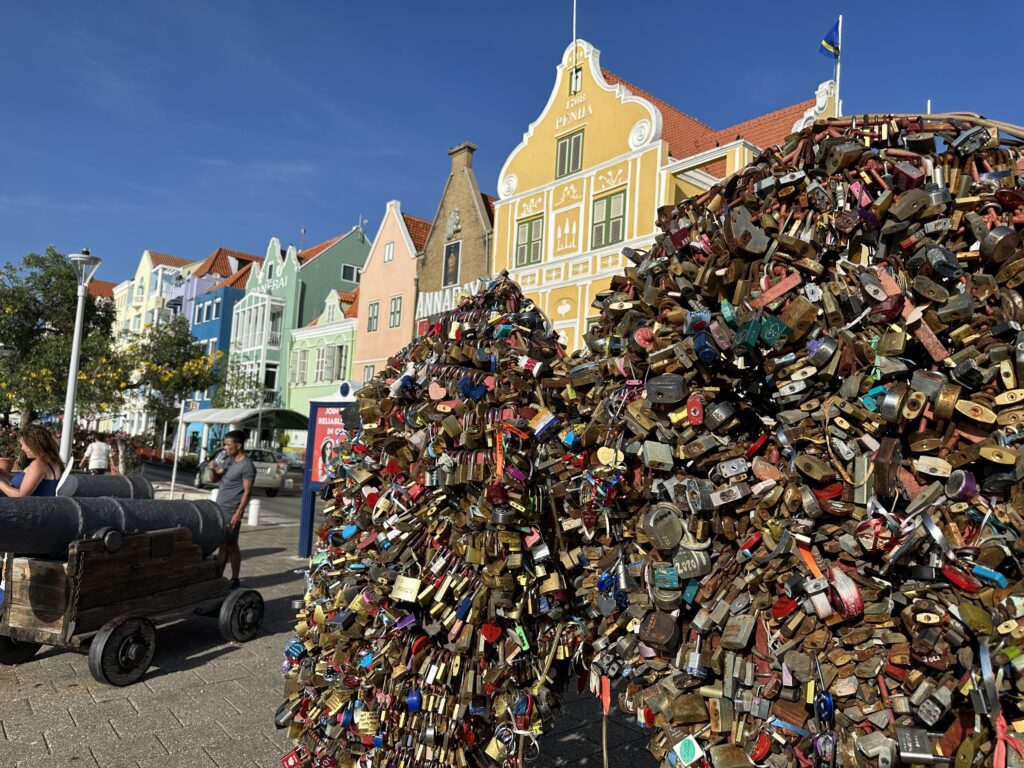
The sailing community in Spanish Water is very active, with lots of social happenings. We enjoyed a nice BBQ with fellow sailors on the beach, as well as a couple of other nights hanging out at nearby bars and restaurants. It is always fun to meet other sailors, as everyone has a different story to tell about their background, how they got into sailing and what their future plans are.
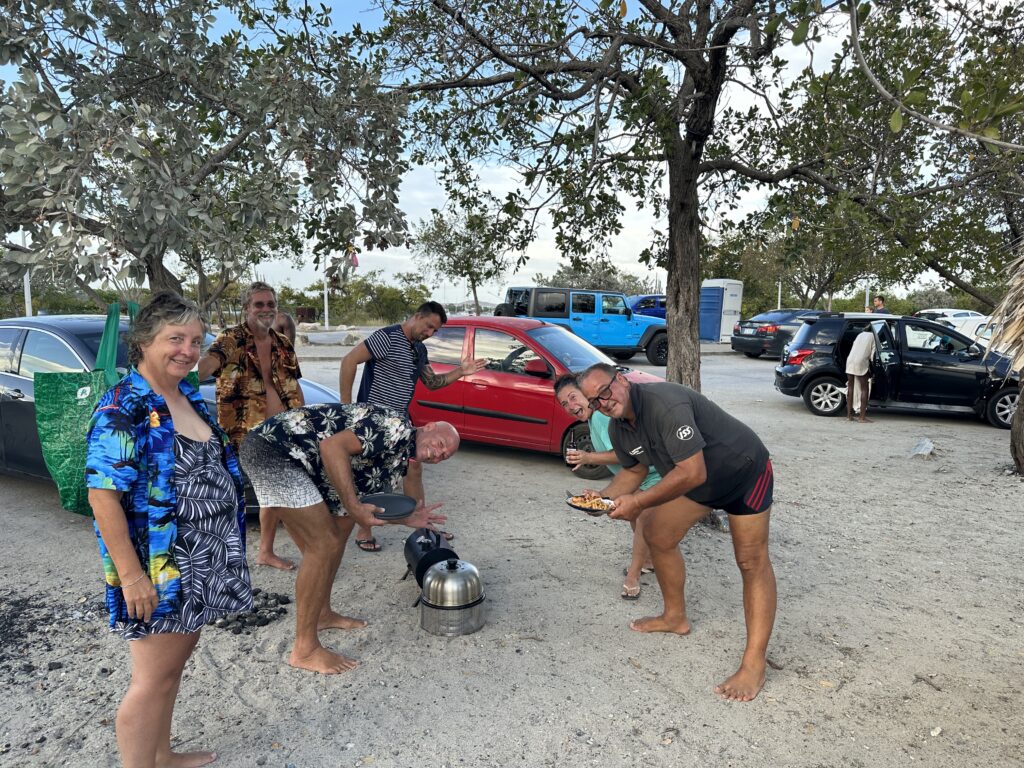
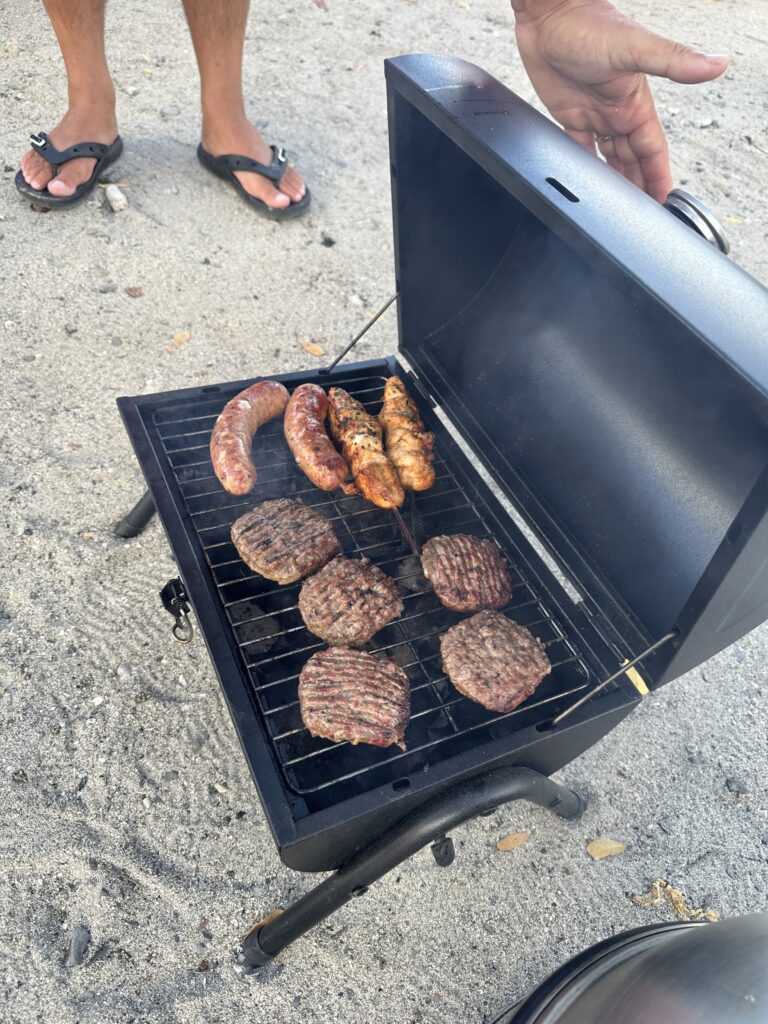
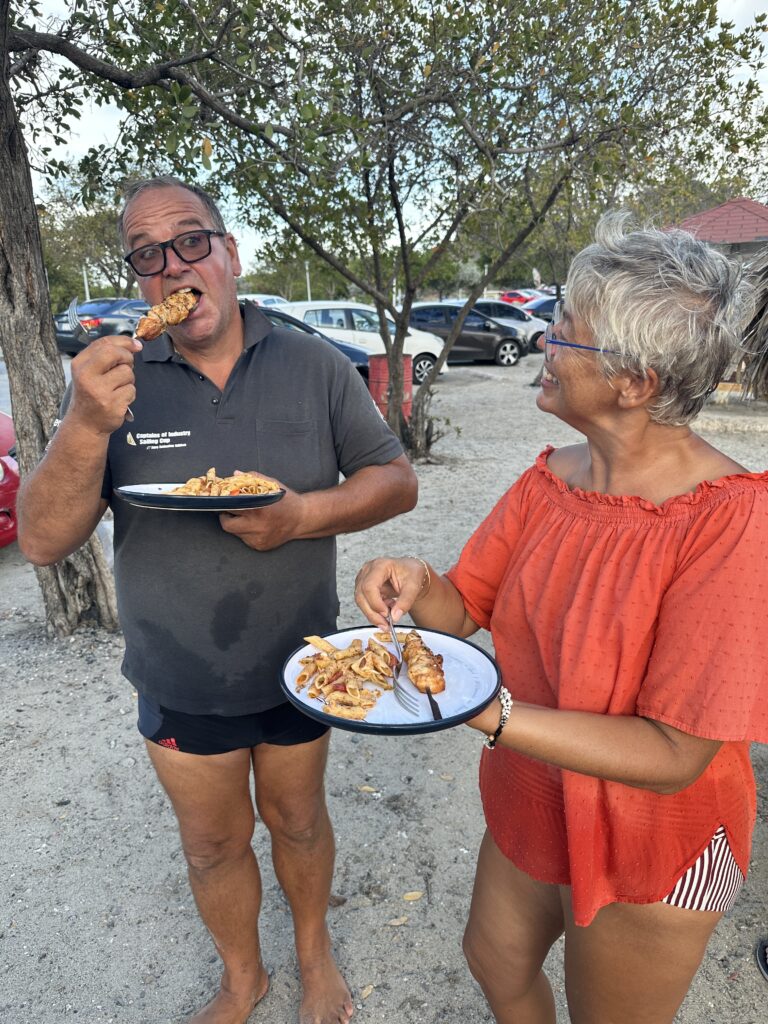
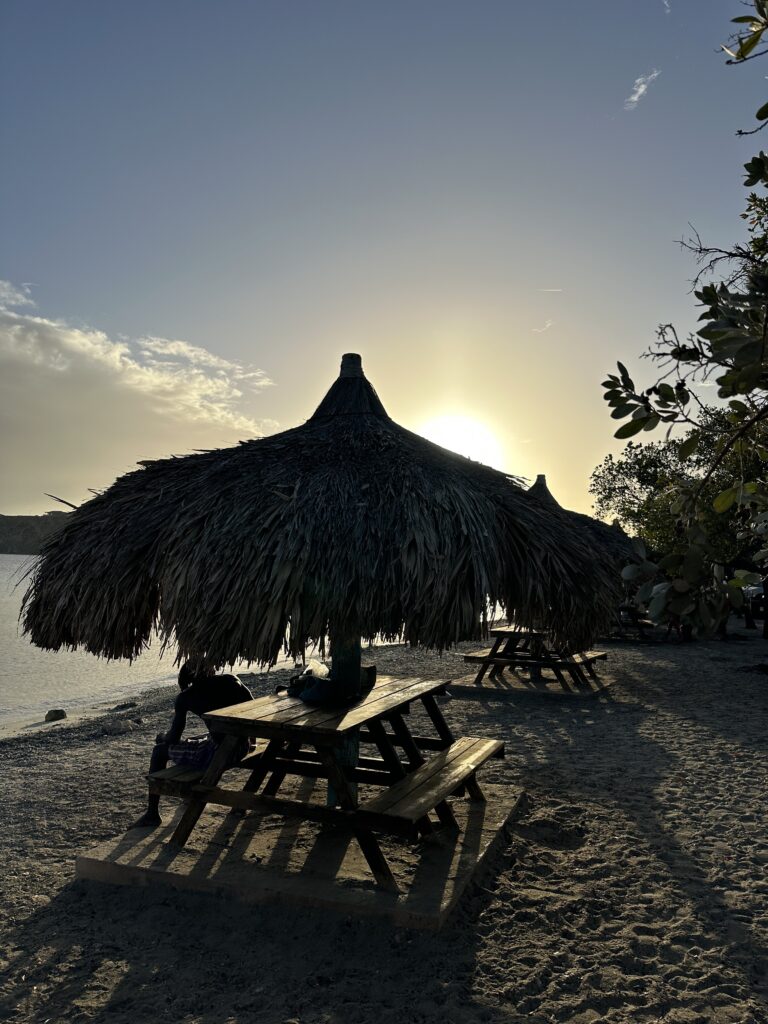
Christopher (Bruse’s son) and his girlfriend Lorena arrived after we had spent a couple of weeks on Curaçao. So good to see them, as it has been a year since last. We kicked off the holidays with renting a car and touring the island for a full day.
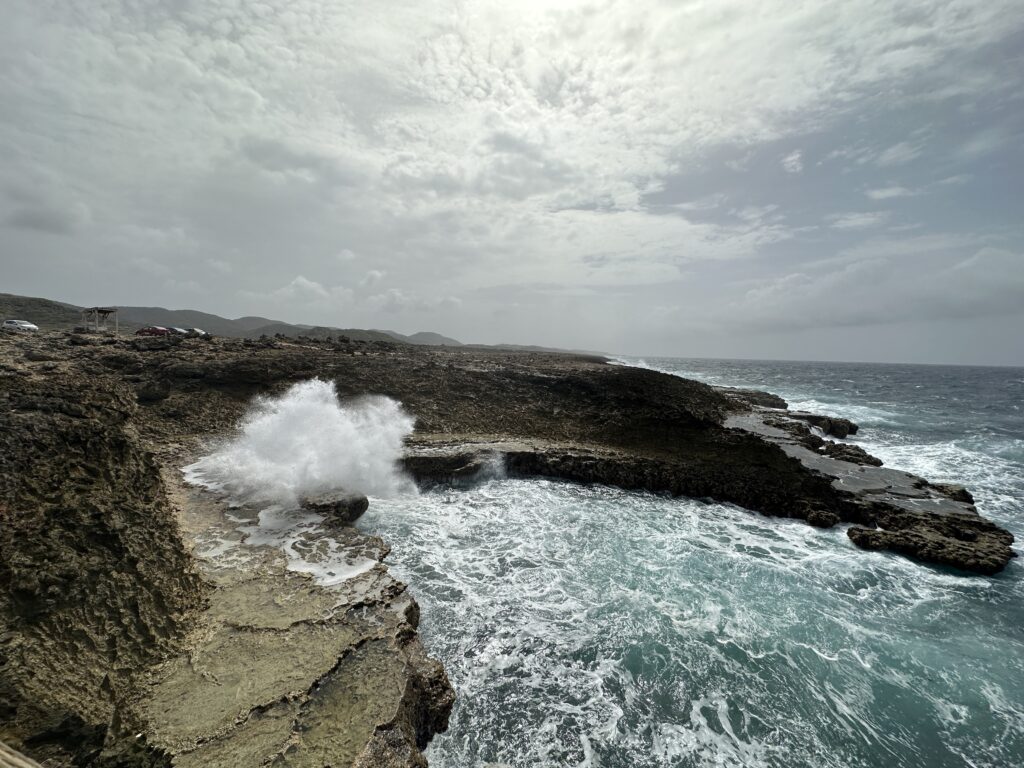
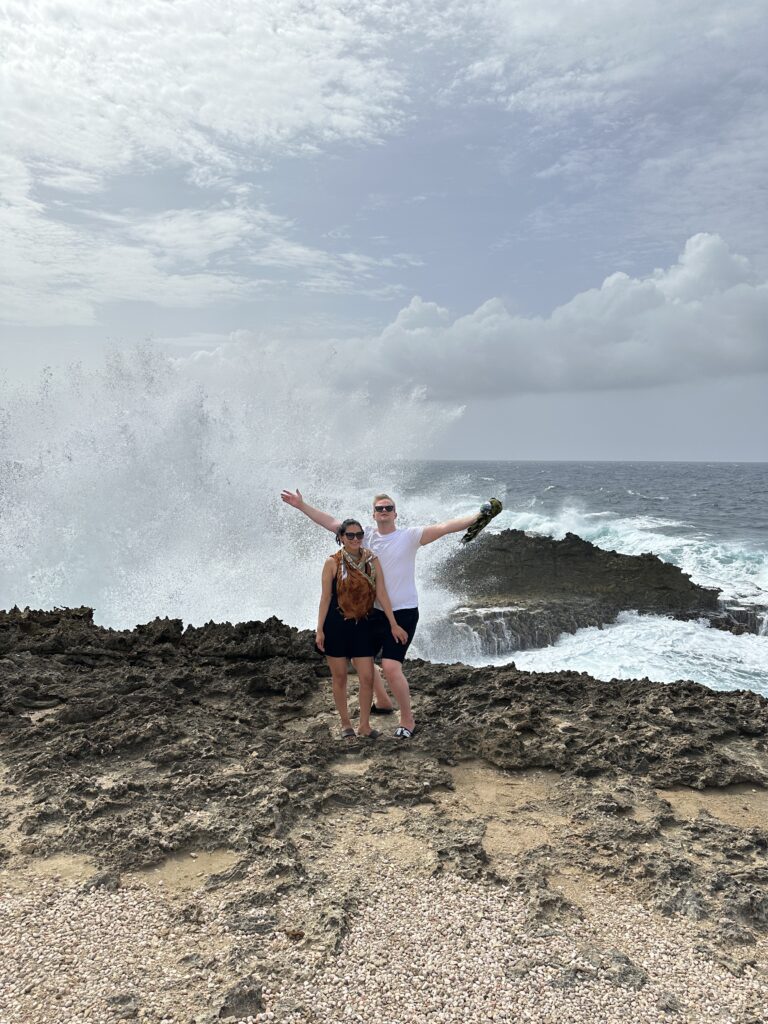
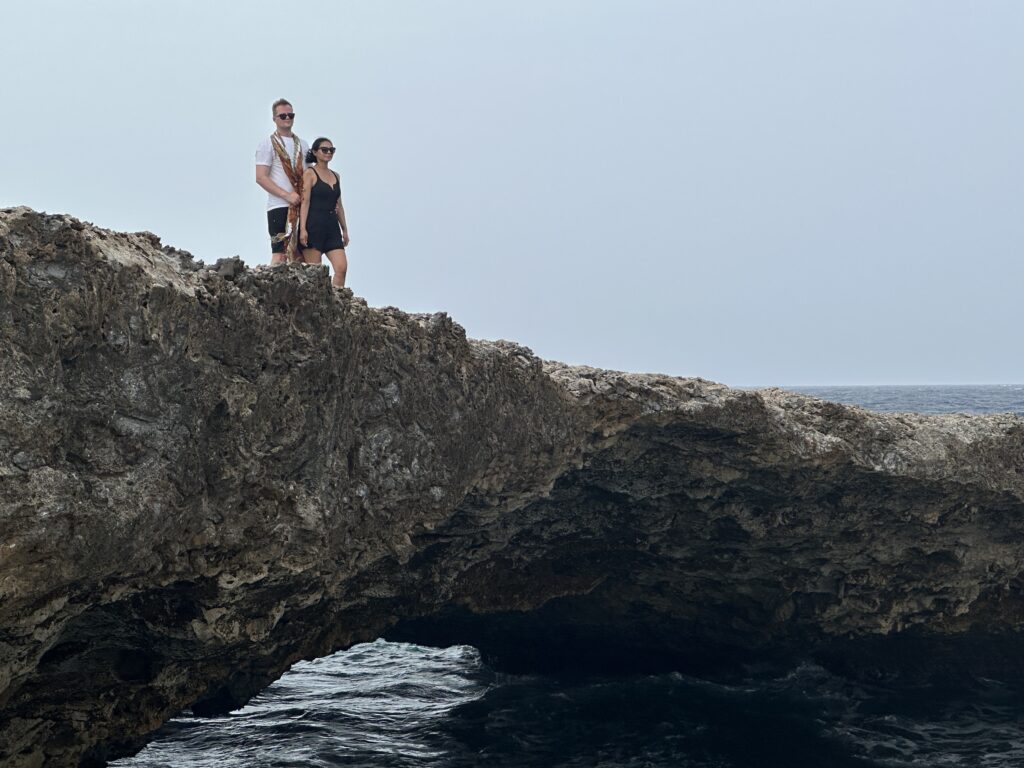
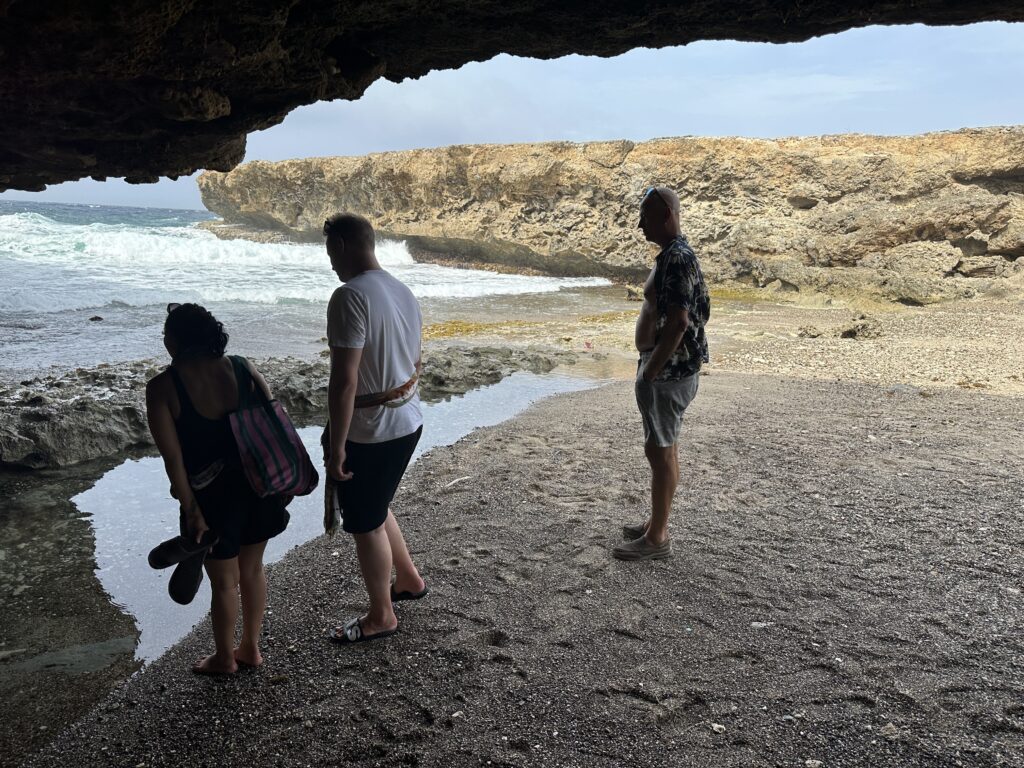
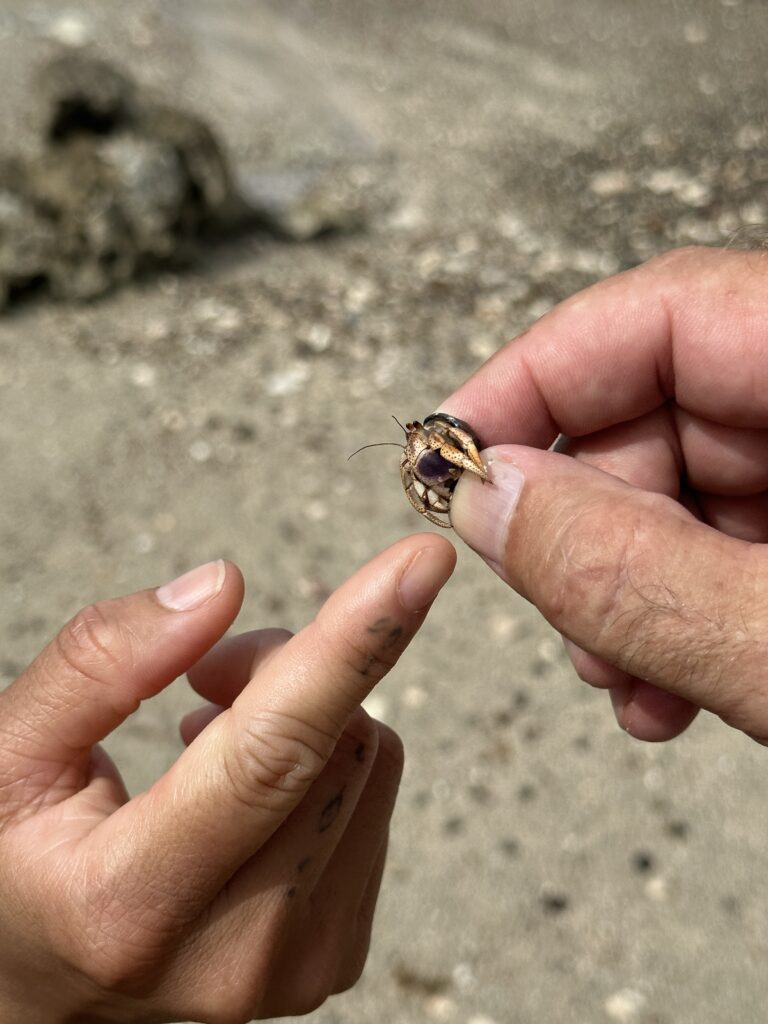
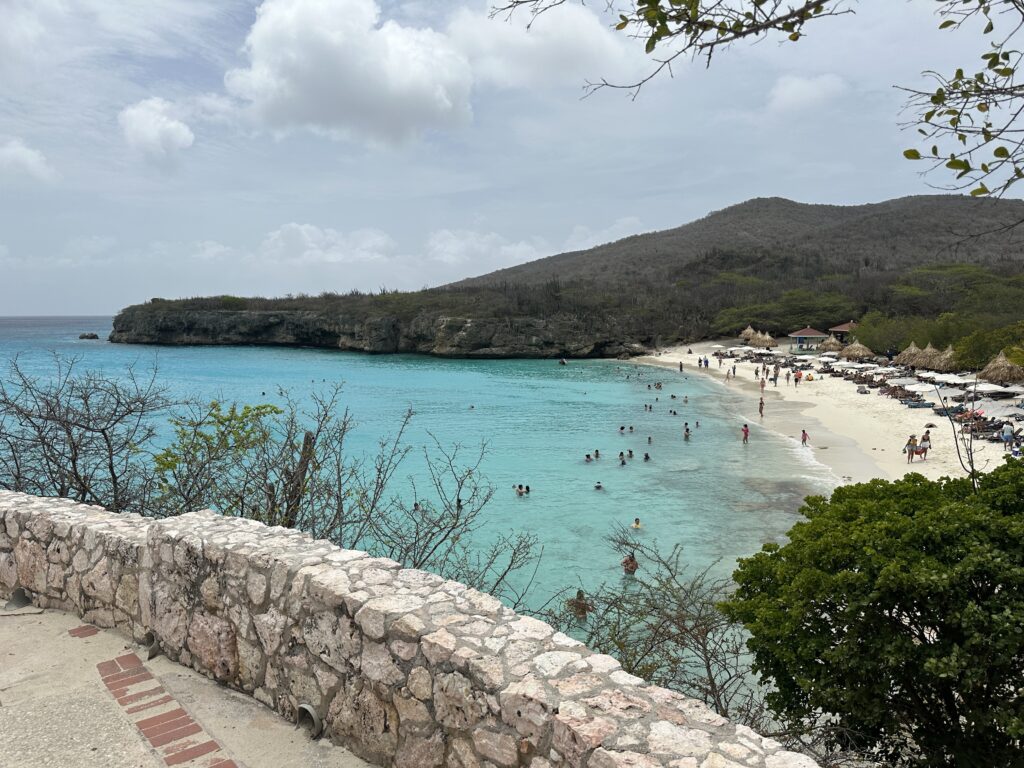
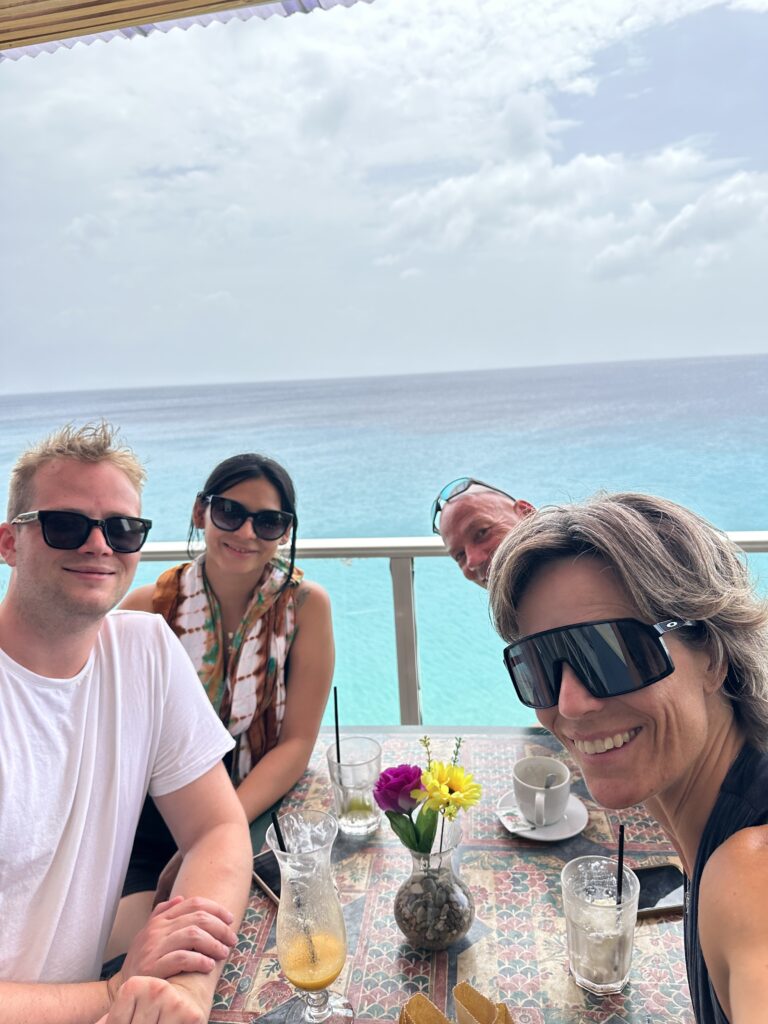
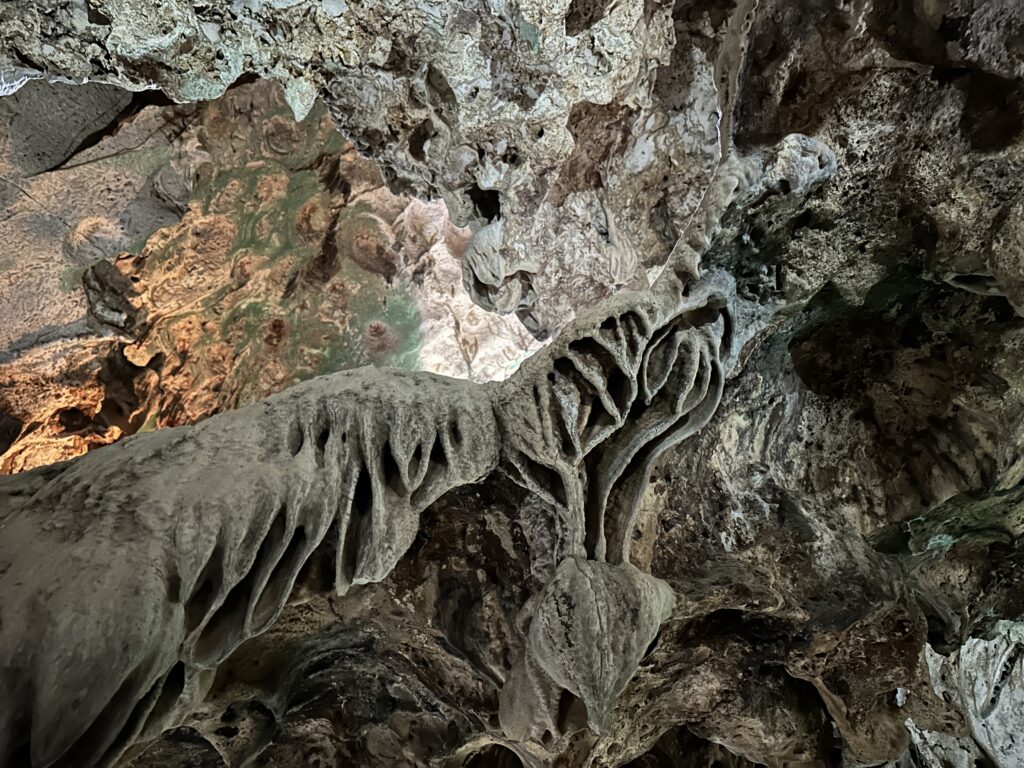
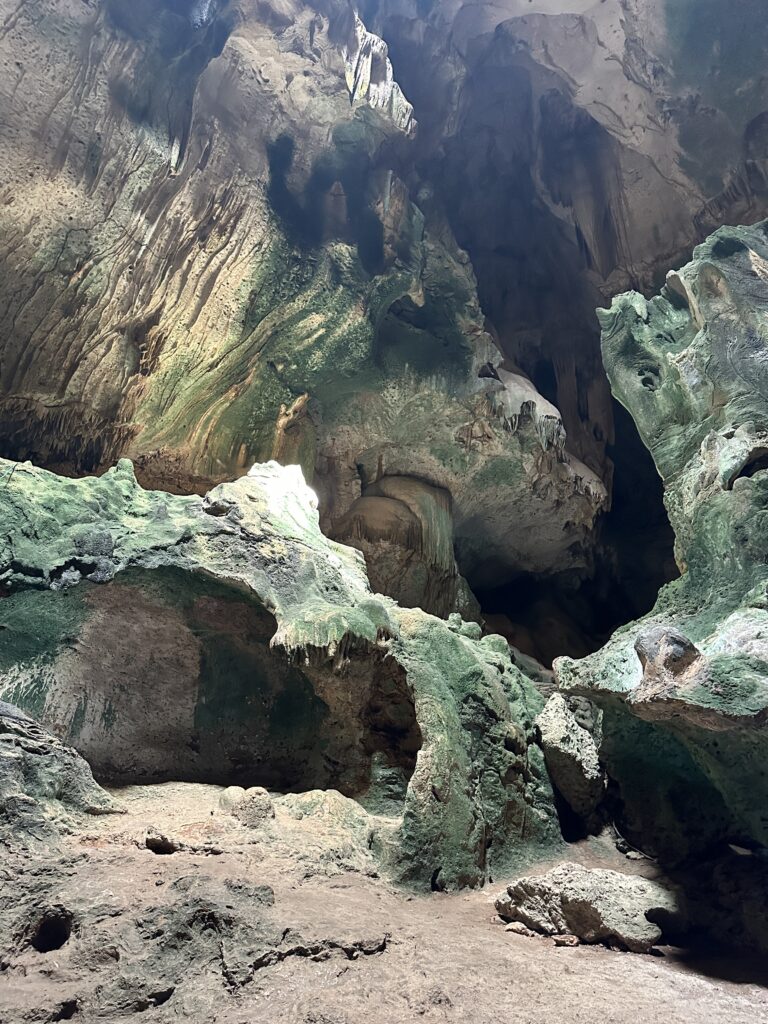
Day two we had booked a half day of free-diving course with Freediving Curaçao. It was a great introduction to free diving for all of us, we learned optimal breathing techniques, safety, as well as descending and ascending techniques. Most of us set new personal bests for time holding our breath and depths reached.
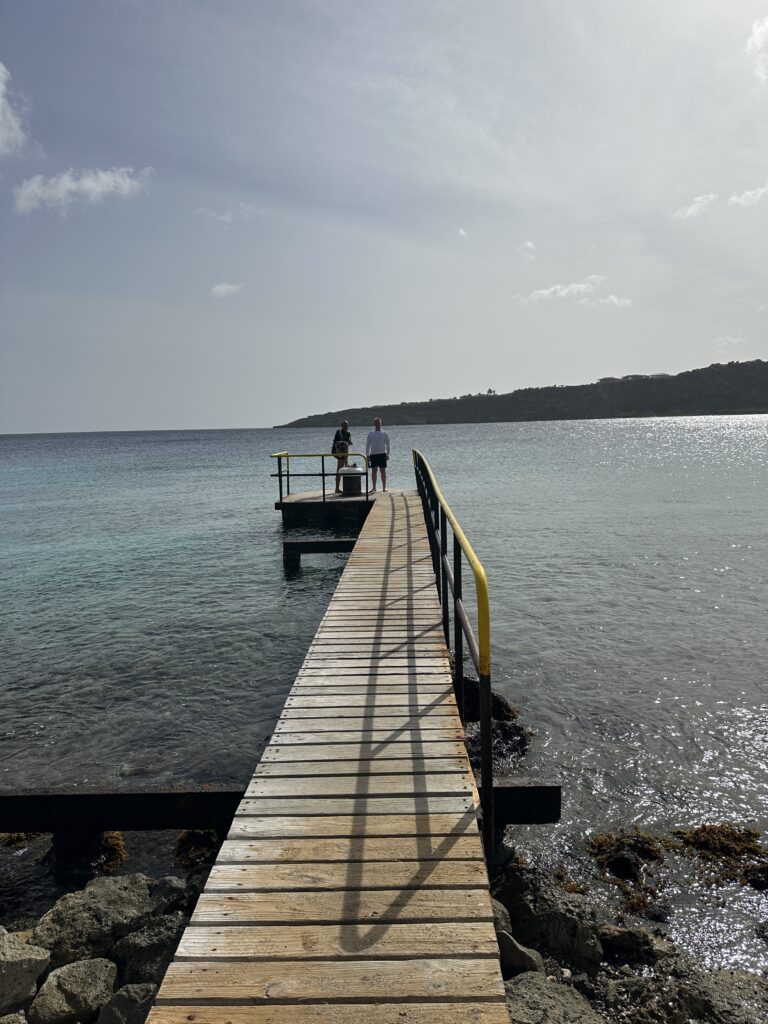
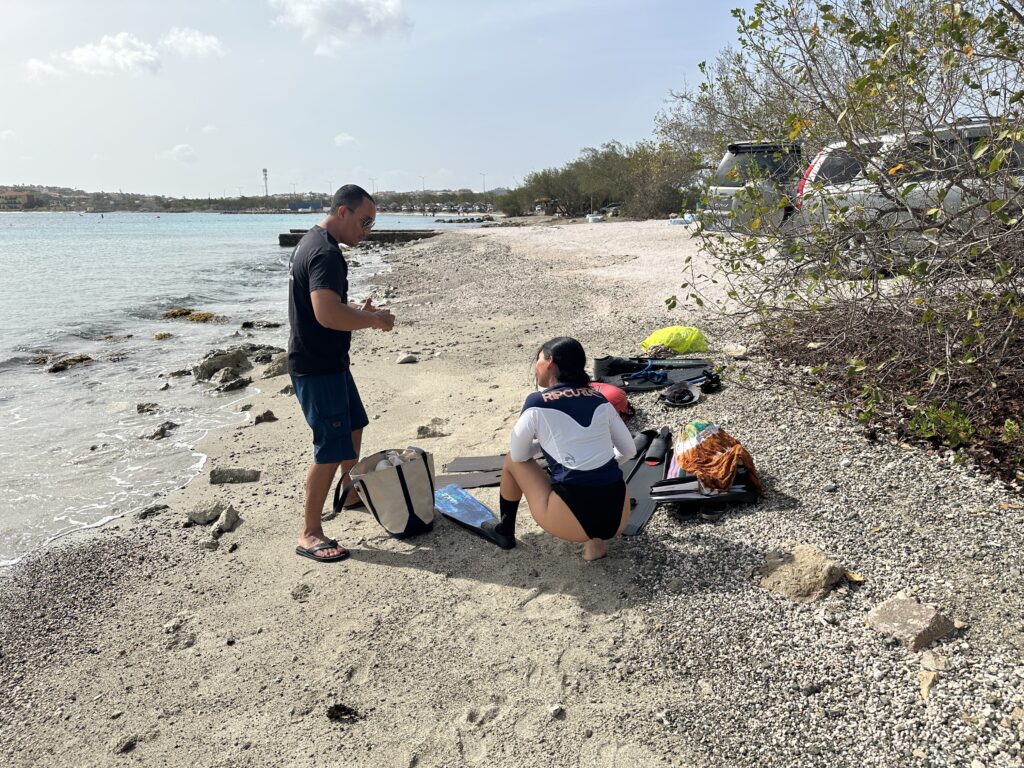
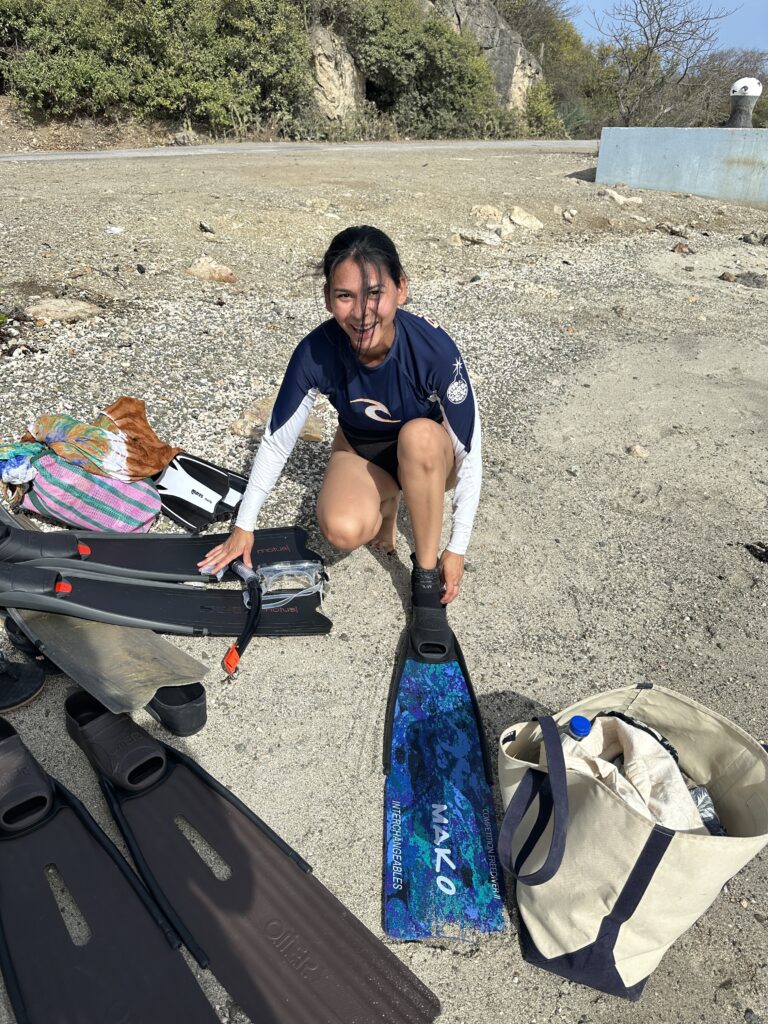
Before Christopher and Lorena arrived, we had prepared by exploring two other anchorages, Santa Marta and Santa Krus.
The Santa Marta anchorage had great snorkeling, but there was an extremely narrow and only a couple of meters deep canal to enter the bay, and we also experienced to drag there. So, we decided to skip that one, and rather go to Klein Curaçao (covered in another blog post) and the Santa Krus anchorage in the North with them.
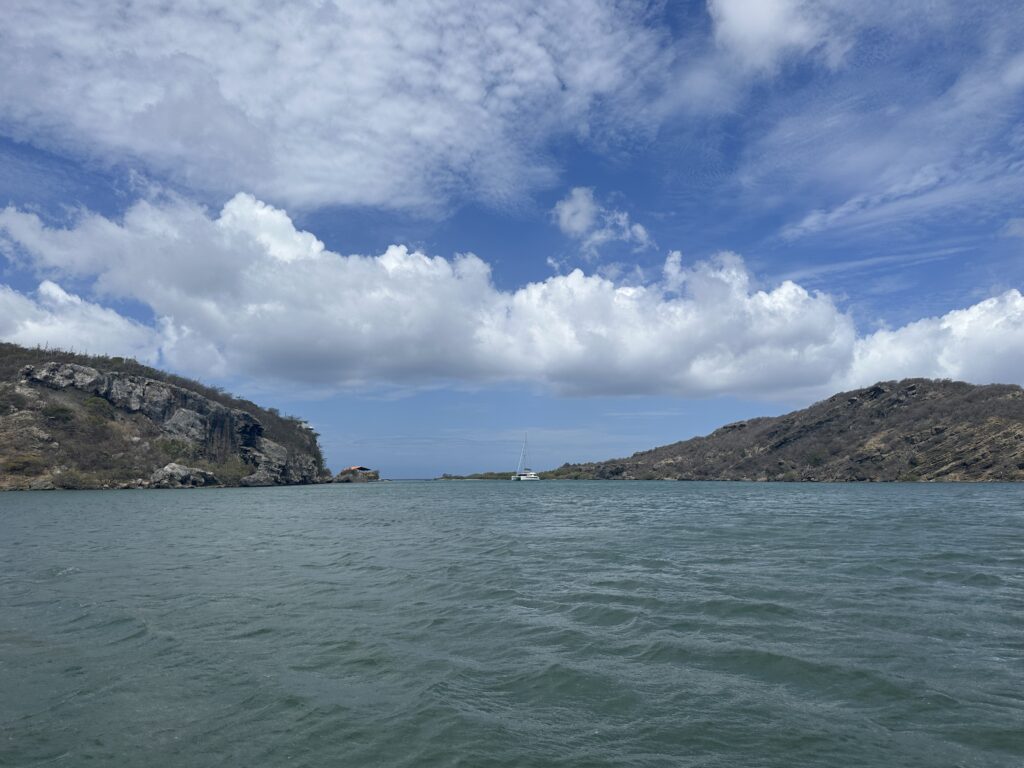
Santa Krus is a great anchorage, with awesome snorkeling and diving, and a couple of well known attractions. Right next to where we anchored the boat, we could snorkel a wreck, and we were also close to the Blue Room, which is a cave you can swim into. As you turn and face the opening, a very special blue color appears.
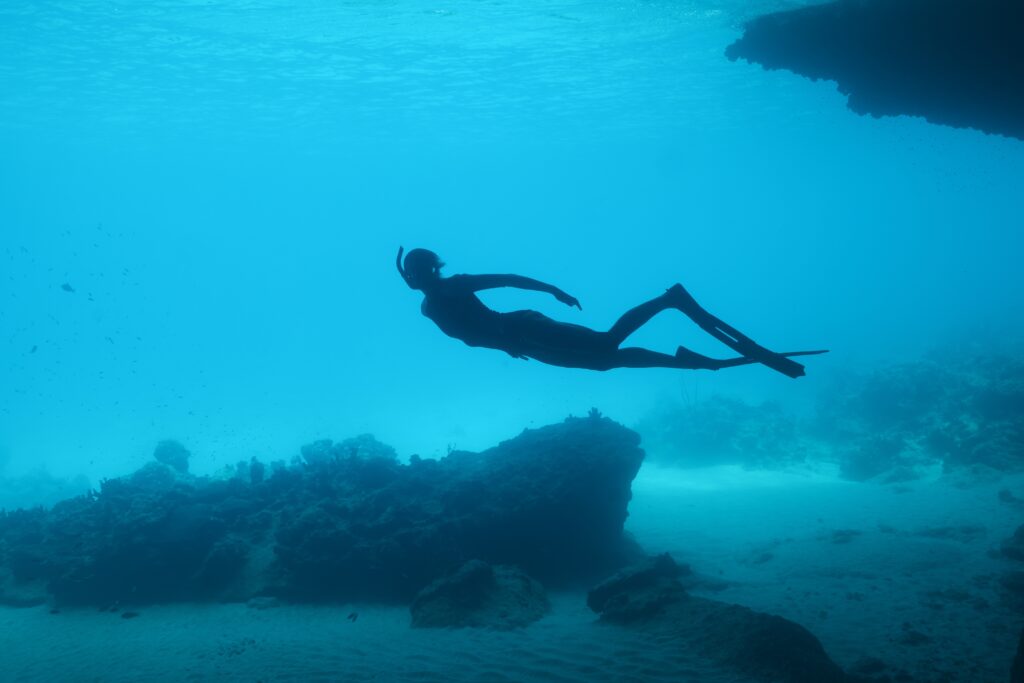
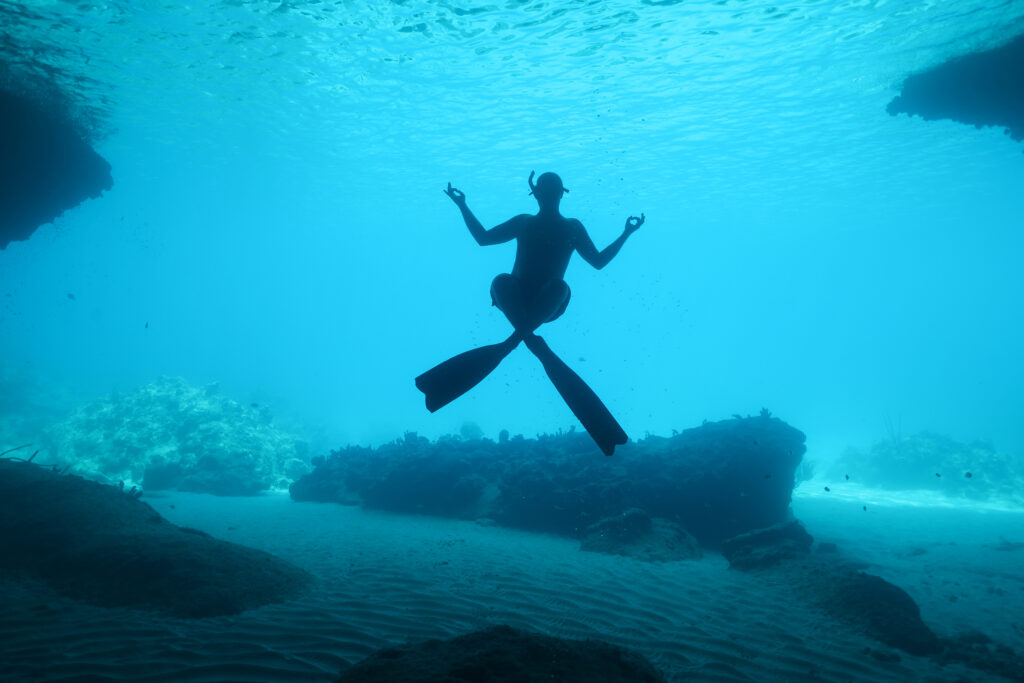
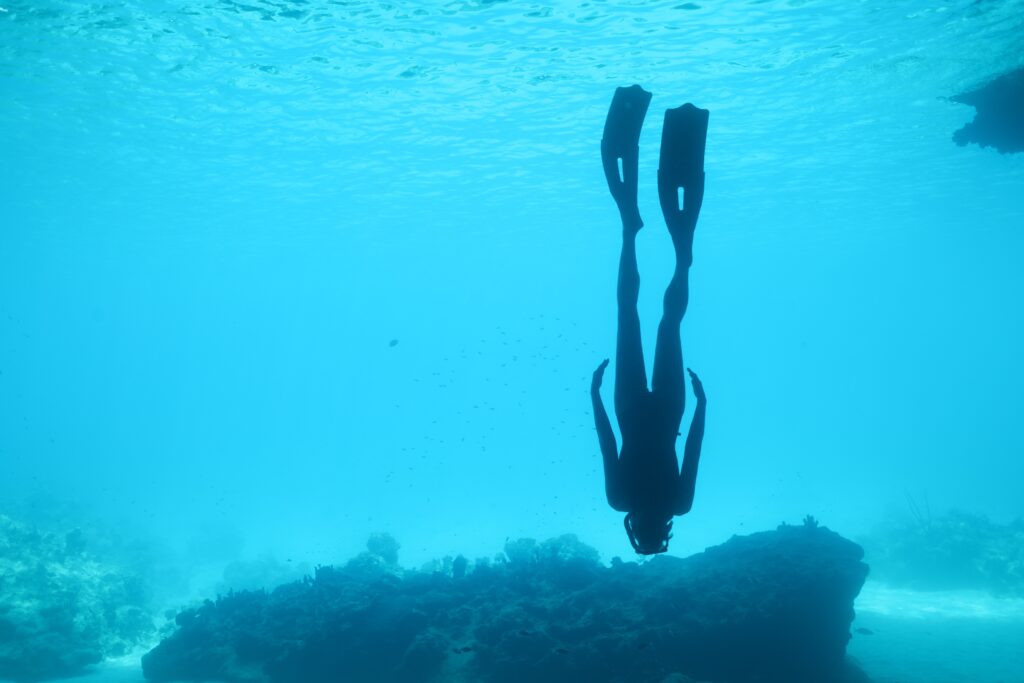
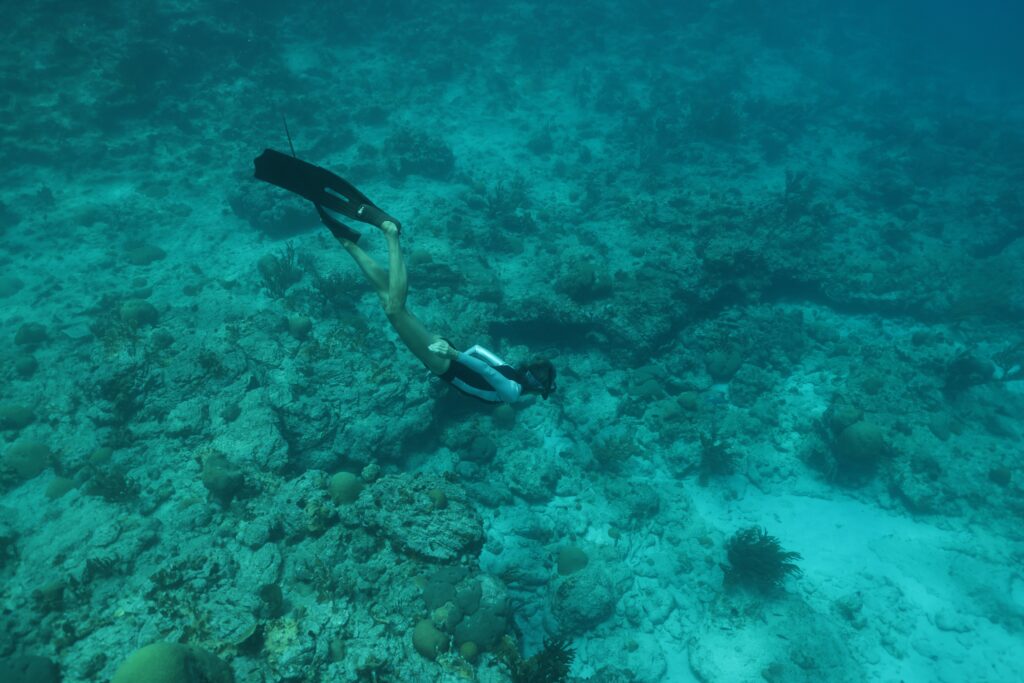
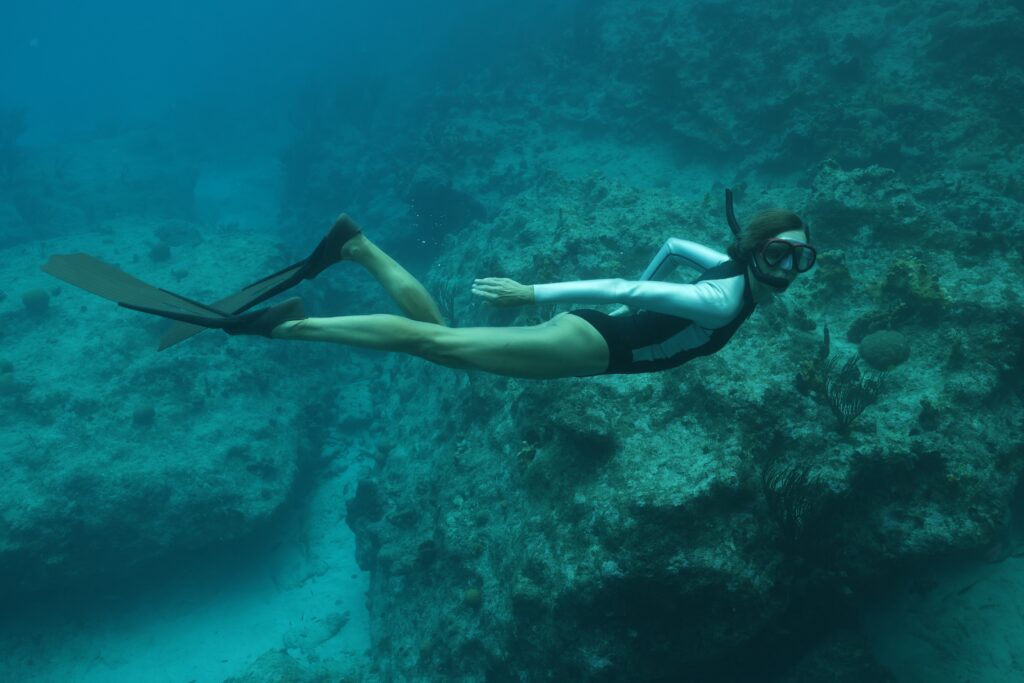
The four of us spent a total of three nights at the Santa Krus anchorage. We were mostly to ourselves and enjoyed daily water activities, beautiful sunsets and lovely dinners onboard. The anchorage is a great starting point for the sail to Aruba, which easily can be reached in a day’s sail. More about that in an upcoming blog post!
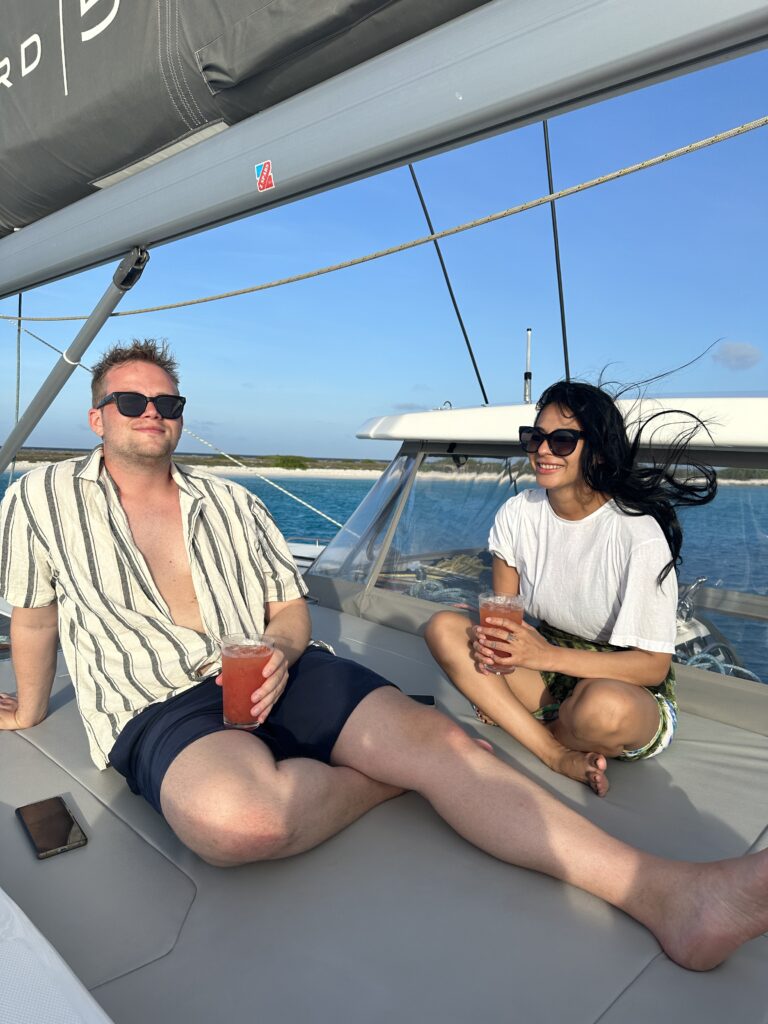
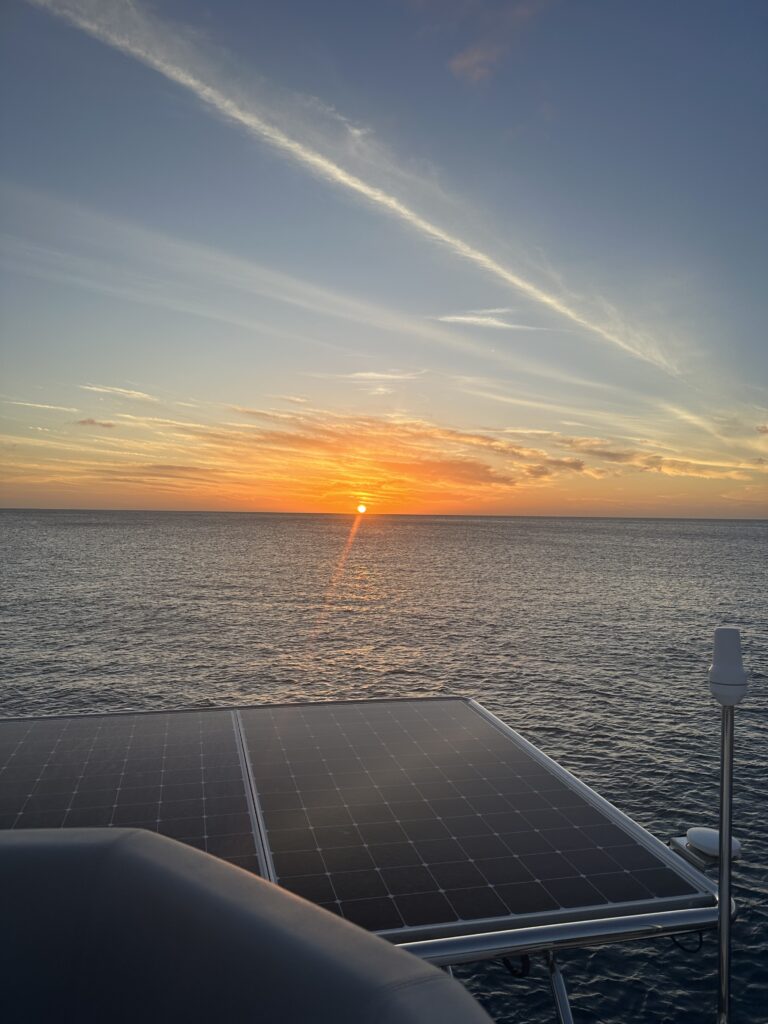
Thank you for having us, Curaçao 🇨🇼
